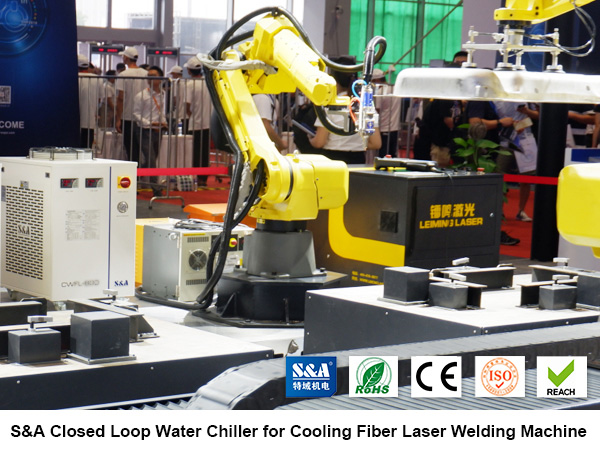As the demand of new energy vehicles increases,lighter weight and durable power battery will also increase. So will the laser welding demand.

It is estimated that in serveral decades, new energy vehicles will gradually replace fuel vehicles in many countries. That means electric vehicles and its power battery will enter into a huge market. For the time being, the main vehicles are still fuel vehicles and it is not realistic to kick them out in a short period of time. Even so, at least one thing is for sure - electric vehicles are growing at an incredible speed.
As the demand of new energy vehicles increases, lighter weight and durable power battery will also increase. So will the laser welding demand.
With the development of the power battery, the welding need is also increasing. The electric vehicle industry and its suppliers are also looking for powerful and efficient welding technique to mass-produce power battery and the copper & aluminum connectors which are the main components in the battery.
Fiber laser welding has made huge technological progress in the past few years and is contributing its effort to make electric vehicles lighter and manufacture power battery. It successfully overcomes the difficulties that challenge traditional laser welding technique, such as welding copper, dissimilar metal and thin metal foil.
Fiber laser welding technique can offer high standard welding for the electric vehicle battery, contributing to the lower cost of the vehicles and the reliability of the battery.
Comparing with traditional CO2 laser welding and YAG welding, fiber laser has the best laser light quality, highest brightness, highest laser output power and the highest photoelectric conversion efficiency. These features make fiber laser more ideal in improving the processing efficiency and lowering the cost. And all these thanks to the fact that metal has lower reflection ratio for fiber laser light whose wavelength is 1070nm. High power fiber laser is excellent in welding high reflection ratio metals like copper and aluminum. More and more welding applications require higher precision control, lower heat input and lower energy consumption.And fiber laser welding technique which features continuous wave is a technology that can meet those requirements. Therefore, fiber laser welding will become more and more popular in the electric vehicle manufacturers and its suppliers.
As we all know, metal welding requires high power fiber welding technique. And the higher the laser power, the more heat the fiber laser source and the welding head will generate. To avoid overheating in these components, adding a closed loop water chiller is a MUST which requires demanding temperature control.
To meet the rapid development, S&A Teyu designed and manufactured CWFL series closed loop water chiller which features dual circuit configurations. It has two independent temperature control system applicable to cool the fiber laser source and the welding head. Some models even support Modbus 485 communication protocol, which can realize the communication between the laser systems and the chiller. For more information about S&A Teyu CWFL series dual temperature closed loop water chiller, click https://www.teyuchiller.com/fiber-laser-chillers_c2











































































































